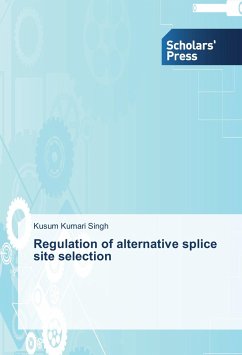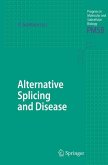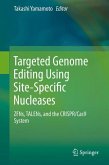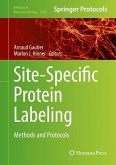This book describes the role of Apoptosis and Splicing Associated Protein (ASAP) complex during alternative splicing where introns are spliced out in various ways from the precursor RNA, resulting in one gene producing several different mRNAs and protein products. The process of alternative splicing requires accurate selection of splice sites, which play a key factor in the generation of different transcripts. Several regulatory protein complexes take active part to aid in the selection of splice sites, like small nuclear ribonucleoprotein complexes containing U1, U2, U4/U6 and U5 subunits. The serine/arginine-rich protein family members (SR proteins) and SR-related proteins (SR-rps) also have the capability to assist in the splice site selection process. In addition, various other regulatory protein complexes might be involved in the alternative splicing process. In this regard, the role of the subunits existing in the apoptosis and splicing associated protein (ASAP) complex during splice site selection was analyzed. An HIV-based reporter construct was utilized to understand the effects of this trimeric complex on the splice site selection.
Bitte wählen Sie Ihr Anliegen aus.
Rechnungen
Retourenschein anfordern
Bestellstatus
Storno








